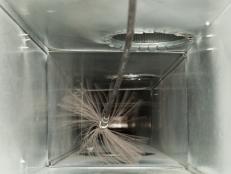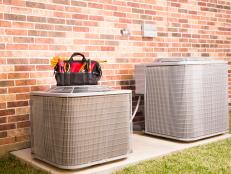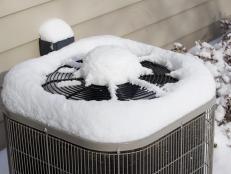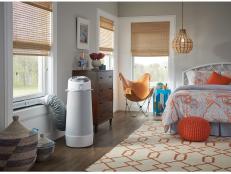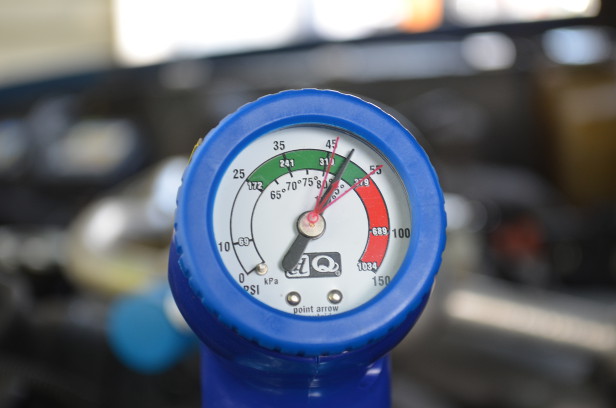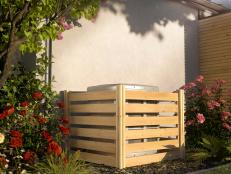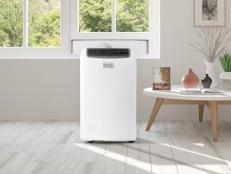Boiler Systems and Radiators May Be Best Heating Choice
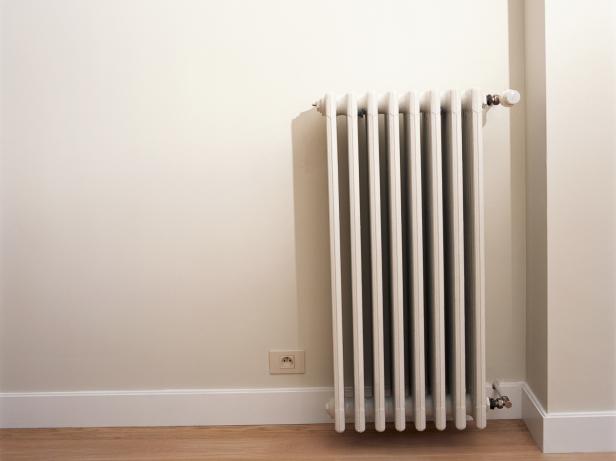
David De Lossy
Period architectural details are valuable resources for professionals working on renovating historic homes, but period mechanical systems are rarely given the same respect. Instead, original equipment that's often reusable is frequently removed wholesale and replaced with standard forced-air furnaces, requiring sightline-marring soffits and dropped ceilings to accommodate ductwork.
While this approach is certainly functional, it may not be the best solution in a period-home setting. Instead, pairing modern, efficient boilers with existing radiators (and, where needed, new supply and return piping) can create a more historically accurate appearance as well as a quality of heat many homeowners prefer.
Determining What to Save
In many cases the radiators are the most durable portions of the original system, and are often salvageable, according to Dan Holohan, owner of heatinghelp.com, a comprehensive website covering all things mechanical, and a frequent contributor to many plumbing-industry publications.
"Almost always, the radiators are fine," he says. "The boilers usually need to be replaced, because they're either leaking or just completely inefficient by today's standards."
Replacing the boiler isn't just a matter of switching out old for new, Holohan notes. He says mechanical pros need to be aware that these retrofit scenarios can pose a safety hazard: Flue gases from new, high-efficiency models can condense in old chimneys, and the resulting highly acidic water can eat away at mortar. This can cause the chimney to collapse internally, he says, causing carbon monoxide to back up into the house. He suggests either installing a stainless-steel chimney liner when replacing the boiler or opting for a boiler that doesn't require a chimney-based exhaust.
Supply and return pipes, also may need replacing, Holohan says. For steam systems, "wet" return lines — return piping running below the boiler's water line — often suffer corrosion over the years, as steamed CO2 makes the water running through these lines acidic. Pipe faces additional corrosion risks when it's been buried in concrete, because acidic fly ash used to make concrete can eat the pipe from the outside, he says. Whether the piping is new or original, Holohan says that insulating both "wet" and "dry" runs, with either basic fiberglass batting or preformed foam insulation, also can help system performance and extend component life.
"The whole idea is to keep the steam from turning into liquid before it gets back to the boiler," he says.
Radiator Issues
Radiators also need to be checked for leaks, especially between individual sections. Units assembled before 1930 or so used threads to connect adjacent sections, Holohan says, adding that leaking threaded radiators generally cannot be repaired. Manufacturers switched to a push-nipple design in the 1930s, and leaks in these models can be repaired using a sealant such as J-B Weld.
Radiators that cannot be repaired may not need to be replaced one-for-one, Holohan suggests, because today's homes may not need all the heat that original systems were designed to produce. In a brief history lesson, he says that heating systems designed following the Spanish influenza epidemic of 1919 were required to keep houses warm even with the windows were open, because fresh-air circulation was seen as an important disease-fighting strategy. Today, with closed windows and high-efficiency insulation, a comprehensive heating plan could mean fewer radiators overall.
The one advantage forced-air systems have over radiators is that forced-air ductwork can accommodate central air-conditioning designs. One potential solution Park suggests is pairing original radiators with an air-conditioning system that uses dedicated, reduced-diameter ductwork. These designs can be retrofitted more easily into existing homes than traditional approaches, often without the need for soffits and dropped ceilings, which can intrude on historic designs.
Regardless of the overall approach, though, renovators need to understand that each period homes is individual and can't be approached in cookie-cutter fashion. Successful developers will realize the impact mechanical-system choices will have on the finished product and bring in the mechanical-system expert early in the design process.







